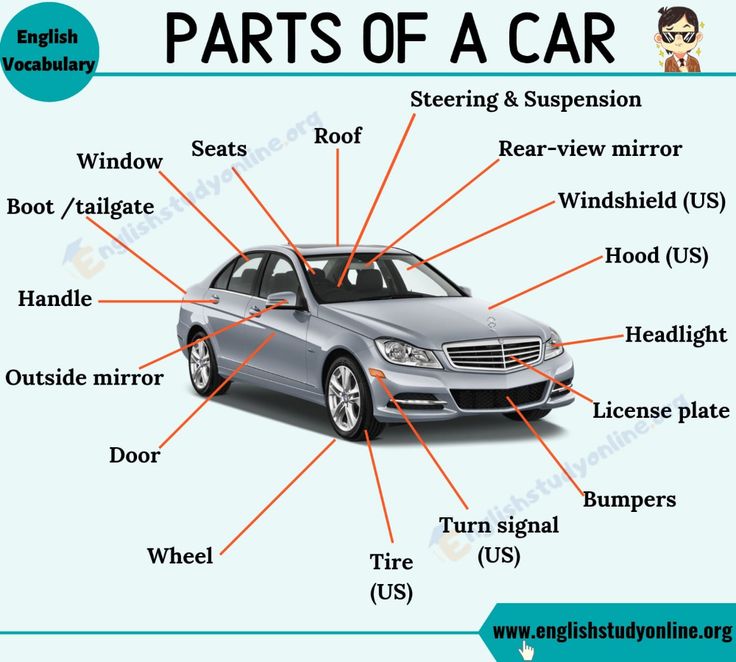The U.S. Department of Transportation (DOT) number stamped on the tire’s sidewall contains a date code that identifies the age of your tires. This DOT number (also called the Tire Identification Number or TIN) is contained in a sequence of up to 12 letters and numbers that signify the tire size, the manufacturer, the specific plant where it was built and when it was built. In the event of a recall, tiremakers and the National Highway Traffic Safety Administration use the DOT number to identify which defective tires are in the campaign. The date code used on tires is not a typical representation used for dates and can be easily missed by the untrained eye.
To determine the age of your tires, check the last four digits of the U.S.
Tires built from 2000 to the present use the last four-digits of the DOT number to identify the week and year of manufacture. For example, a DOT number with 4116 at the end of the sequence would mean that the tire was manufactured in the 41st week of 2016, or sometime in the mid-October.
While it is increasingly rare to find a tire made before 2000, these tires use only three digits in the date code for the week and year. A tire with a three-digit date code like 416 means that the tire was made in the 41st week of 1996.
Tire DOT Numbers Include a Date Code
(Source: National Highway Traffic Safety Administration)
Be aware that the complete tire DOT number is not required to be molded on both sides of the tire. While some tire makers include the full DOT number on both sides, the date code on your tires may only be contained on one side. If the DOT number is only eight characters, you’ll need to look on the other side of the tire to find the full number with the date code.
Why is it important to understand your tire’s age? Manufacturers have known for decades that exposure to heat and oxygen weakens rubber over time.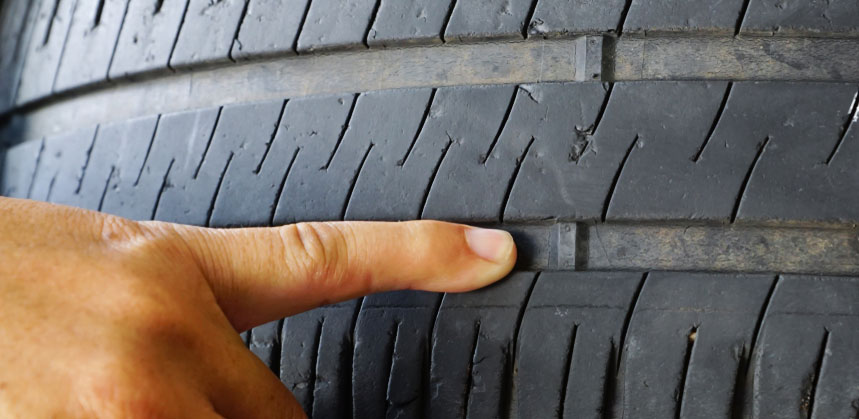 Today’s tires are highly engineered products, with anti-aging chemicals mixed in the rubber compounds, along with others to make the rubber softer and more flexible. But, over time, the rubber and component materials within the tire changes and becomes more prone to failure. In most instances this loss of strength is invisible – and the material degradation is present regardless of tread depth and even in tires that have never even been put on a vehicle
Today’s tires are highly engineered products, with anti-aging chemicals mixed in the rubber compounds, along with others to make the rubber softer and more flexible. But, over time, the rubber and component materials within the tire changes and becomes more prone to failure. In most instances this loss of strength is invisible – and the material degradation is present regardless of tread depth and even in tires that have never even been put on a vehicle
Aged tires are more susceptible to catastrophic tread separations, which occurs when the tire’s outer layer separates from the tire body or casing. This type of failure can be much more dangerous for drivers to manage than a flat tire or blow out, particularly in trucks, SUVs and vans – particularly 15-passenger vans – because they are more prone to handling and stability problems.
While tread separations caused by manufacturing defects can occur in new tires, tires older than six years – especially those on vehicles located in hot-weather states such as if such as Arizona or Florida – are more prone to suffer a catastrophic tread separation.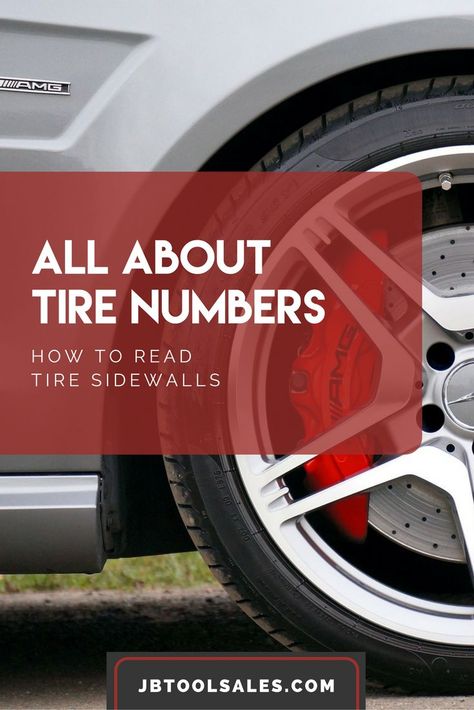
According to the National Highway Traffic Safety Administration “Most vehicle owners can easily overlook tire aging, increasing their risk of a crash.”
Based on research showing that the rate of tire failures increases after six years, nearly all vehicle manufacturers recommend owners replace tires after six years, regardless of tread depth. Most tire manufacturers recommend replacement at 10 years or that owners follow the vehicle manufacturer’s guidelines. Tire makers continue to insist that expiration dates are not necessary, yet, nearly all passenger and light truck tire warranties expire at six years. Some tire retailers have also adopted the tire age recommendations and will not service vehicles with tires that are beyond the manufacturers age recommendation.
Consumers should also check the DOT code when buying new replacement tires. Some retailers will sell a “new” tire that has actually been sitting in their inventory for years.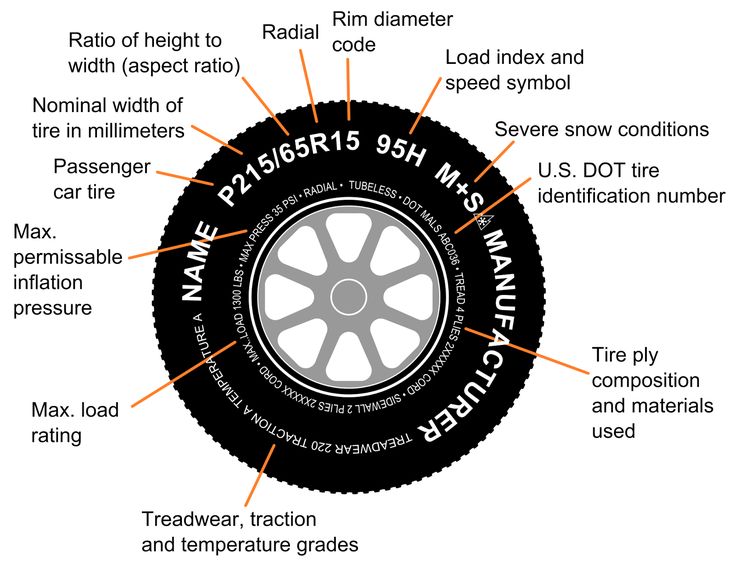 That tire could have been improperly stored in a warehouse or outdoors exposed to high temperatures that reduce a tire’s robustness and useful life.
That tire could have been improperly stored in a warehouse or outdoors exposed to high temperatures that reduce a tire’s robustness and useful life.
Consumers should insist on replacement tires manufactured within months of the purchase date. And, regardless of tread depth, vehicle owners should replace their tires six years and older.
Call us if you believe a defective tire caused your accident. The team at Newsome Melton can review the facts of your case and determine if we believe you have a valid claim for compensation. If we feel you have a strong defective tire case against the manufacturer, we can navigate the claims process on your behalf and potentially recover compensation to pay for your medical bills, lost wages, vehicle repair or replacement, or other losses.
Call us today at 888-221-5316 or contact us through our online chat. We offer free reviews and handle many of these claims on a contingency fee basis.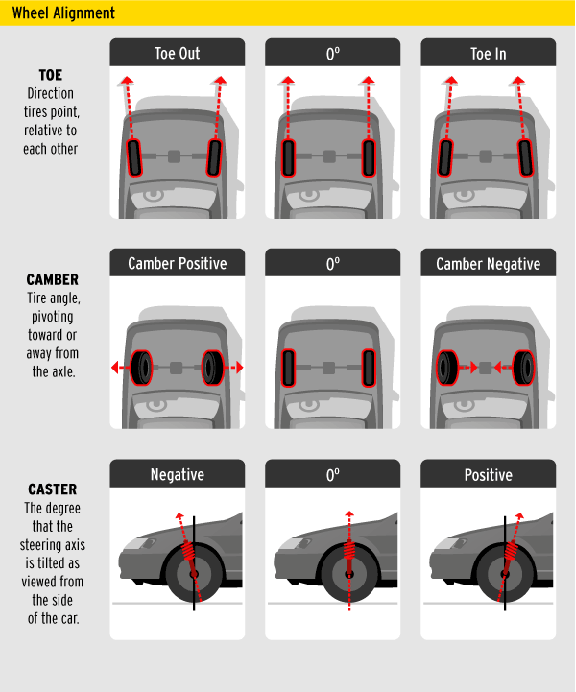 This means we do not recover compensation unless you do.
This means we do not recover compensation unless you do.
Have you ever asked yourself, “how old are my tires?”. If not – you should. Determining your tire age is very important to you and your family’s safety. If you’re driving with a tire over six years old, you could be putting yourself in danger, as tires dry rot with age from the inside out.
“These Tires Have a Few Good Years Left in Them”I used to think, “the tread looks great, no bald or worn out spots, these things could last at least a couple more years”. They may last another three years, but your tread has little to do with it. What is more essential is the age of the tire. Tires are made of rubber, obviously, and when rubber gets old, it starts to dry and crack (often times from the inside out – this process is not always visible to the naked eye).
What’s more important than the thickness of the tread is the date that the tires were manufactured. Until recently, I had no idea that the age of the tire mattered. I thought it was all in the tread and visible cracking. I also had no idea that tires have a manufacture date stamped on them. But the manufacturers don’t make it easy on you to figure this out.
Until recently, I had no idea that the age of the tire mattered. I thought it was all in the tread and visible cracking. I also had no idea that tires have a manufacture date stamped on them. But the manufacturers don’t make it easy on you to figure this out.
It turns out that tires have cryptic codes on them. Believe it or not, you can actually determine your tire’s manufacture date based on these codes.
How to Determine your Tire AgeLet’s discuss post year 2000 tire manufacturing date stamps (if your tire is older than this as indicated by a lack of this standard, you’ll want to have it replaced immediately). Tirerack.com has a great demonstration on how you can determine your tire’s ages:
Tires Manufacture Date After 2000Will My Set of Four Tires All be the Same Age?Since 2000, the week and year the tire was produced has been provided by the last four digits of the Tire Identification Number with the 2 digits being used to identify the week immediately preceding the 2 digits used to identify the year.
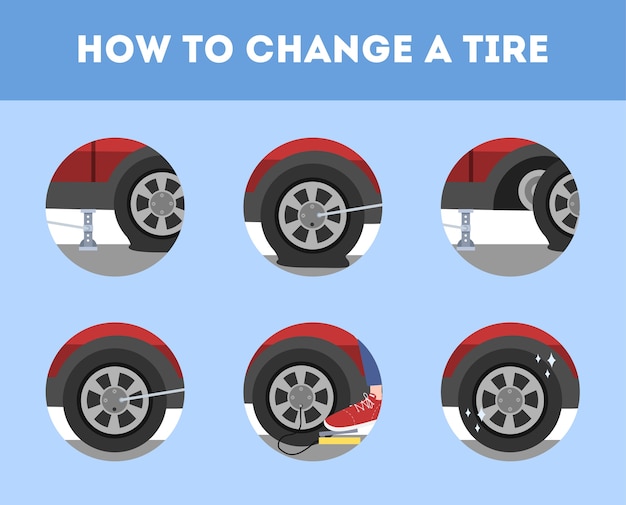
Example of a tire manufactured since 2000 with the current Tire Identification Number format:
DOT U2LL LMLR 5107 Manufactured during the 51st week of the year, in 2007 While the entire Tire Identification Number is required to be branded onto one sidewall of every tire, current regulations also require that DOT and the first digits of the Tire Identification Number must also be branded onto the opposite sidewall. Therefore, it is possible to see a Tire Identification Number that appears incomplete and requires looking at the tire’s other sidewall to find the entire Tire Identification Number
The use of a partial Tire Identification Number on the one sidewall (shown above) reduces the risk of injury to the mold technician that would have to install the weekly date code on the top sidewall portion of a hot tire mold.

Another thing to note when getting new tires or checking your old is that all four tires will most likely not be the exact same age. On a previous set of tires I purchased, I found that three of my new tires were made in the second week of 2008, while the fourth was made in the 21st week. Had any of my tires been manufactured more than a year prior to my date of purchase, I would have taken them back immediately and demanded a refund. When checking the age of your tires, check all four tires.
My Tires Don’t have a Code on Them!If you do not see a manufacturing code on your tire, grab a flashlight and slide underneath your car to check the other side. Tire manufacturers want to make it as hard as possible for you to determine your tire’s age, so they’ve inconveniently placed the manufacture date on only one side of your tires.
Why Do Tire Companies Hide the Tires Manufacture Date?Because they can and it’s profitable to do so. In many other countries, government works for consumers a little harder on their rights. In the good ole’ USA, big business lobbies against consumer rights and quite often wins. Why would the big tire manufactures want to pull their tires off the shelf to be destroyed?
In many other countries, government works for consumers a little harder on their rights. In the good ole’ USA, big business lobbies against consumer rights and quite often wins. Why would the big tire manufactures want to pull their tires off the shelf to be destroyed?
Take a peek at this very informative video from ABC’s 20/20, in which a hidden video camera was used in tire stores. Some retailers were helpful and informed, others not so much. Some retailers were selling tires as old as 12 years! You have to wonder how much of this is corporate mandate versus ignorance.
It pays to be an informed consumer, both in terms of finance and safety. If you’ve bought old tires recently, hopefully you have save your receipts. Go back to the place you purchased from and see if they’ll swap newly manufactured tires (or demand it). If that doesn’t work, you should at least be able to get a credit towards new tires.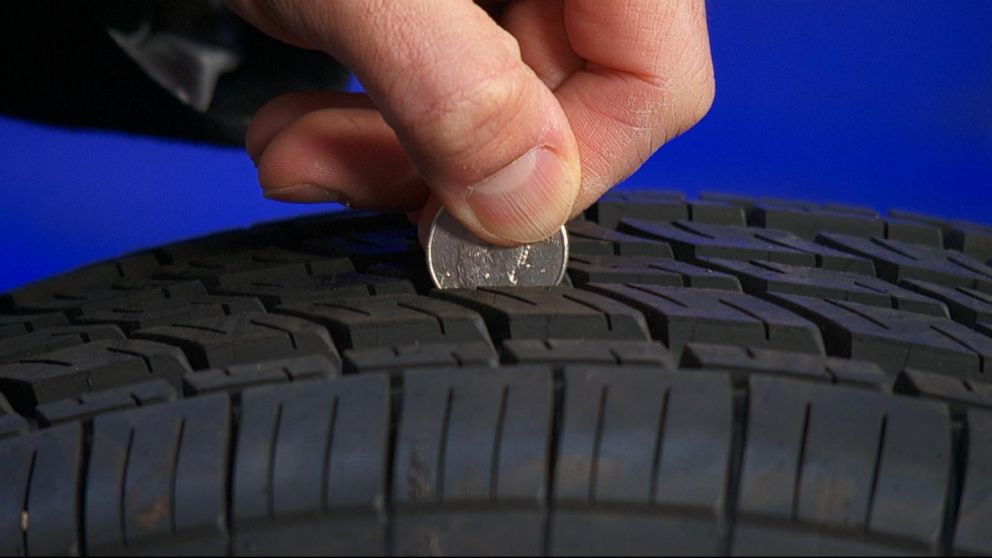
Related Posts:
Almost there! Check your inbox (& spam folder) to confirm your email address.
Oops... Please try again.
Everything has an expiration date, car tires are no exception. How long can they be used? Can you ride tires that are many years old, but they look quite working? Is it worth saving on tires by buying products that have not yet been used, but have been stored in a warehouse for 5-7 years?
Release date is an important parameter when choosing car tires
These questions at least once arose before the majority of motorists. We answer them - in detail and in detail.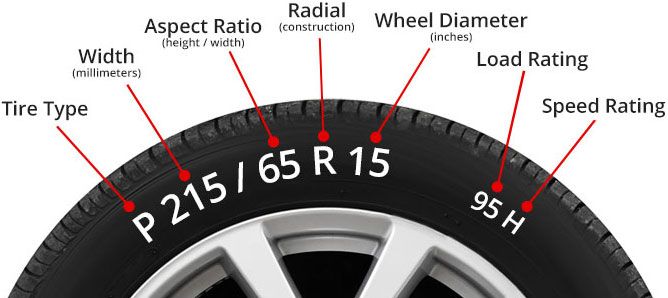 nine0003
nine0003
The date of manufacture of the tire is always on its sidewall in an oval stamp
Information about when a car tire was produced is placed on its side. You will easily notice an oval stamp with four numbers inside - for example, 1118.
So, we have a tire that “saw the light” in January 2003.
Certification of automobile tires for their sale on the Russian market is carried out by the Department of Transport. Tires without age marking, and in a strictly prescribed form, will not receive a quality certificate. This rule is the same for all tire manufacturers.
See also: Tire marking: deciphering the designations on tires
Drivers change cars at least twice a year.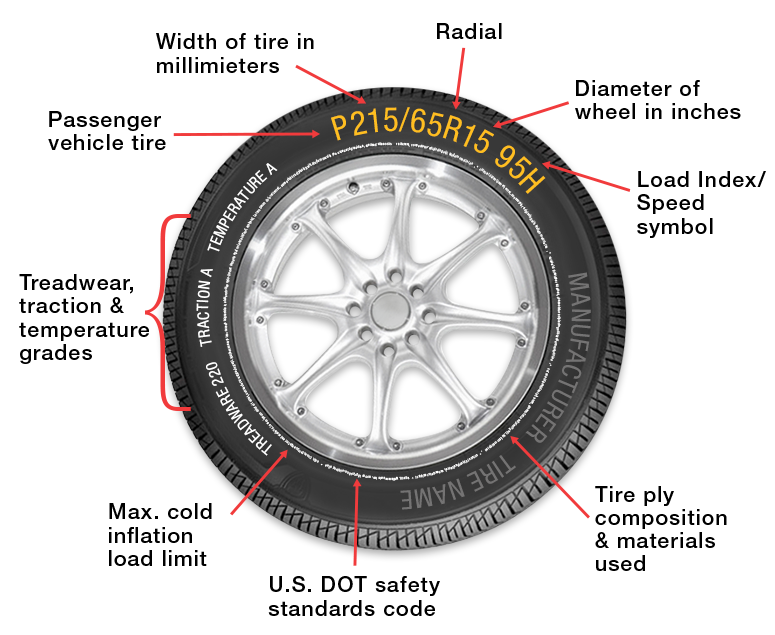 As a rule, rubber is operated for several years, and then new tires are bought. At the same time, the tread pattern, raw materials, radius are taken into account, but they rarely pay attention to the release date of the product. But it is this information that helps to better understand the condition of the tires and how long they will last.
As a rule, rubber is operated for several years, and then new tires are bought. At the same time, the tread pattern, raw materials, radius are taken into account, but they rarely pay attention to the release date of the product. But it is this information that helps to better understand the condition of the tires and how long they will last.
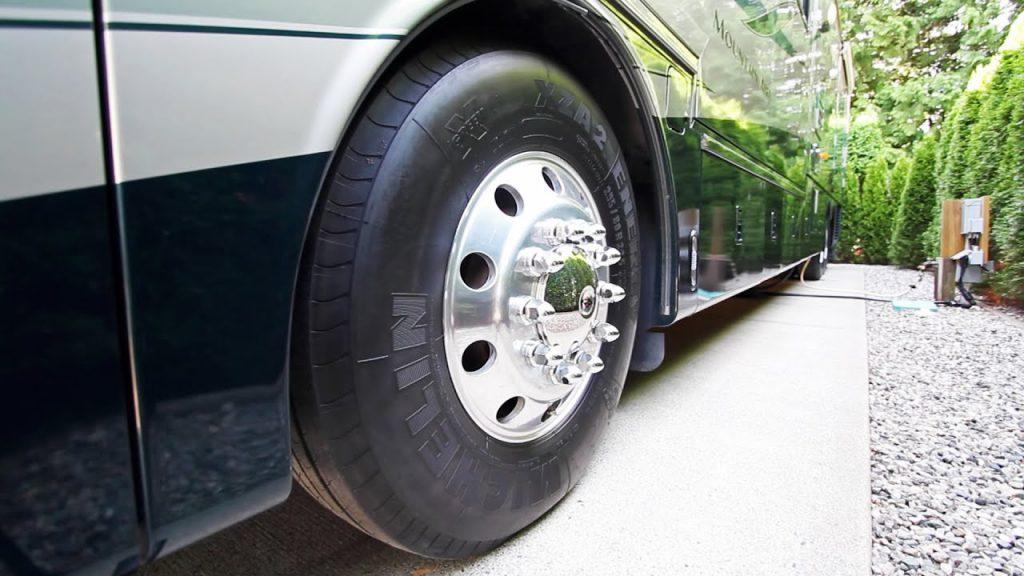 The older the product, the harder it is.
The older the product, the harder it is. You can determine for yourself whether the tires have begun to age. To do this, pay attention to their side. Did you see small cracks here? This is the first sign of aging. Over the years, these scratches will become deeper, and the tire itself will begin to change color, acquiring a whitish tint on the originally black rubber. nine0003
In the process of aging, black rubber becomes covered with a whitish coating.
Have you noticed similar symptoms on your car tires? So, it's time to change them - you should not pull further, even if the tread does not look worn out. It is dangerous to drive a car with such tires.
The tire is a mixture of chemical compounds. A number of factors influence it: nine0003
Tires can experience different loads, so they have different lifespan, and it is impossible to accurately predict it.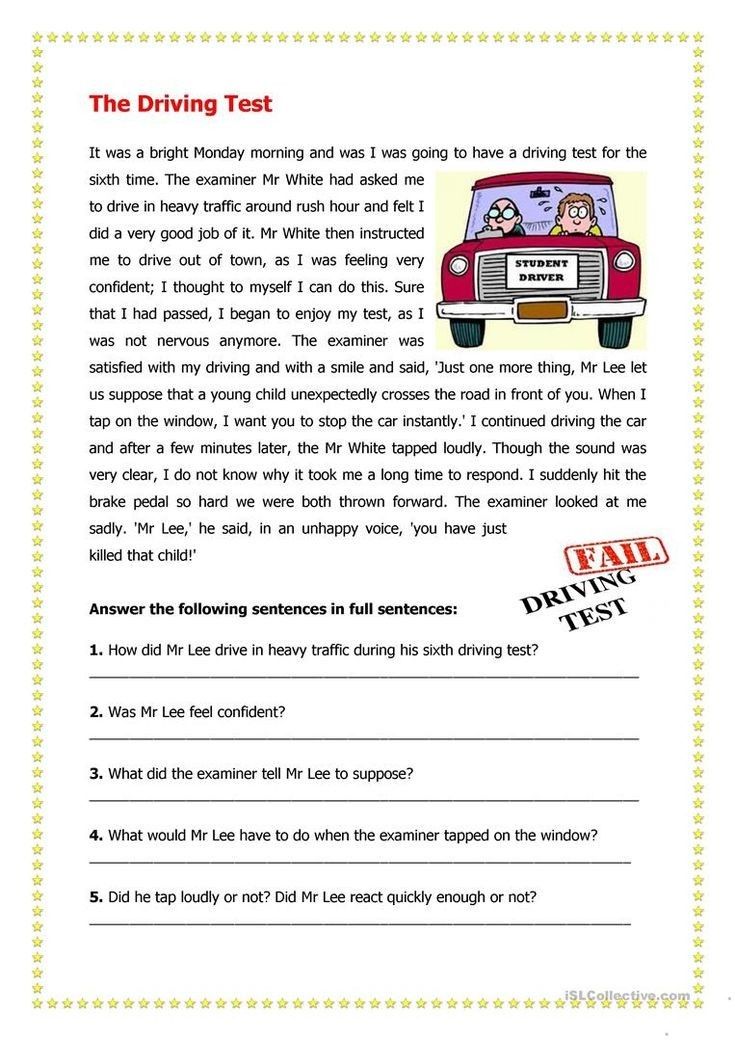
Pay enough attention to the wheels - pay attention to the condition of the tires yourself, and also stop by the service centers. After five years of operation, tire diagnostics should be performed at least once a year. nine0003
See also: What pressure should be in the tires?
The aging process is accelerated by three main factors:
It is important to properly store summer and winter tires, protecting them from threatening external factors. By observing the storage conditions, you prolong the "life" of tires - their elasticity remains at an acceptable level for a long time. nine0003
Tires are quite picky about storage conditions: in order for them to retain their original properties for a long time, they must be stored properly.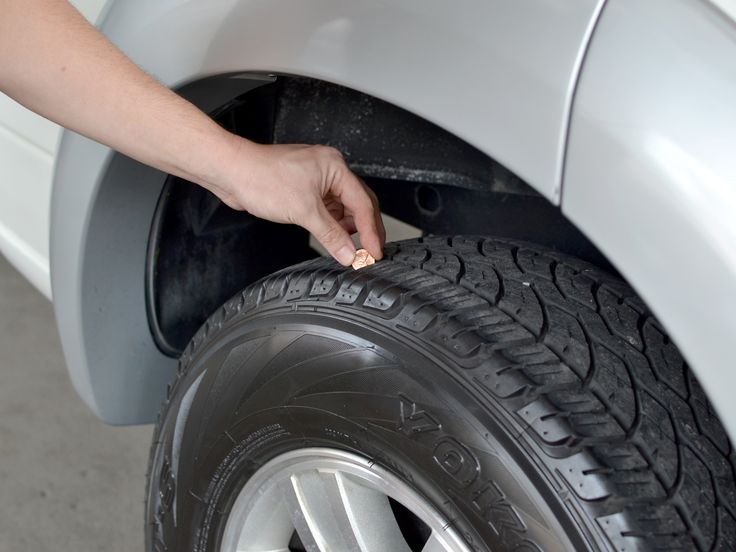
Proper storage is the key to maintaining tire performance.
Storing tires according to the rules is a task that requires control. Therefore, the longer tires lie in stock, the higher the risk that their properties and resources are no longer at that high level. nine0003
The properties of tires, their durability and wear resistance largely depend on the quality of rubber.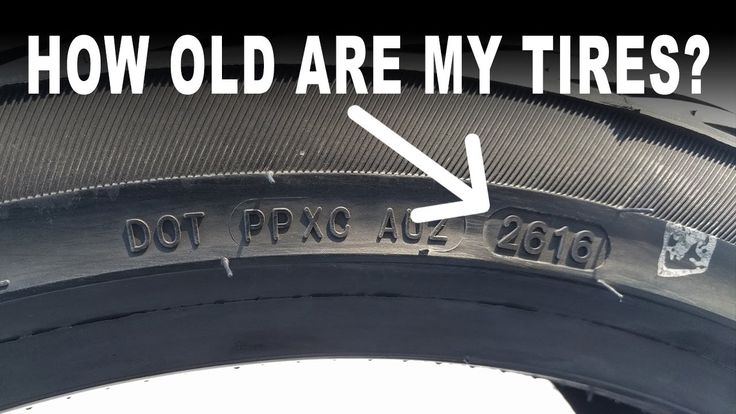 Accordingly, they depend on the manufacturer, who selects raw materials for products manufactured under his brand.
Accordingly, they depend on the manufacturer, who selects raw materials for products manufactured under his brand.
Choose tires from trusted and well-known manufacturers
The largest companies are investing huge amounts of money in the development of unique compounds - they are added to rubber, making it as resistant to aging as possible. nine0003
Giving preference to tires from world manufacturers - for example, Nokian, Goodyear or Michelin, you choose high quality, confirmed by time and expert reviews. Under the right conditions of storage and operation, these tires will serve much more than 5 years - their warranty period.
Carefully inspect each tire. Tires should not have any white coating, no scratches, no burrs. Then it is worth checking the products by touch in order to make sure that they are elastic. nine0003
Does the appearance of the tires cause any complaints? This indicates that they were stored correctly, therefore, the performance properties are at the proper level.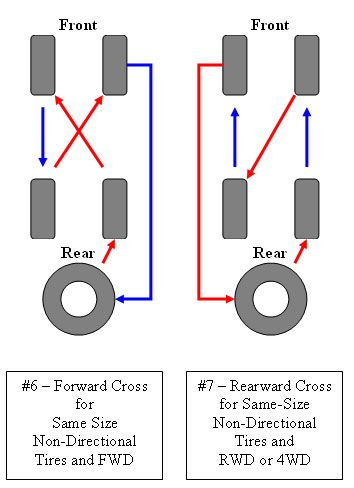
If you have tires in front of you that are overtaking the symptoms of aging, it's not worth the risk. Such tires will not last long, and you will waste your money.
There are two sets of tires - both from reliable brands, each with a good view? Then choose the one that is "younger". In this case, the guarantee of proper storage is higher. nine0003
Don't get too hung up on the age of the tires. For example, tires that have just "knocked" two years, show themselves no worse than products that have just entered the market. But! They must initially be of good quality, that is, from manufacturers whose reputation is beyond doubt. Should inspire confidence and appearance - without cracks and whitish coating. Well, you have the right to ask for a discount on two-year-old tires.
Expert advice will help you choose the right tires and keep them in working condition for a long time. nine0003
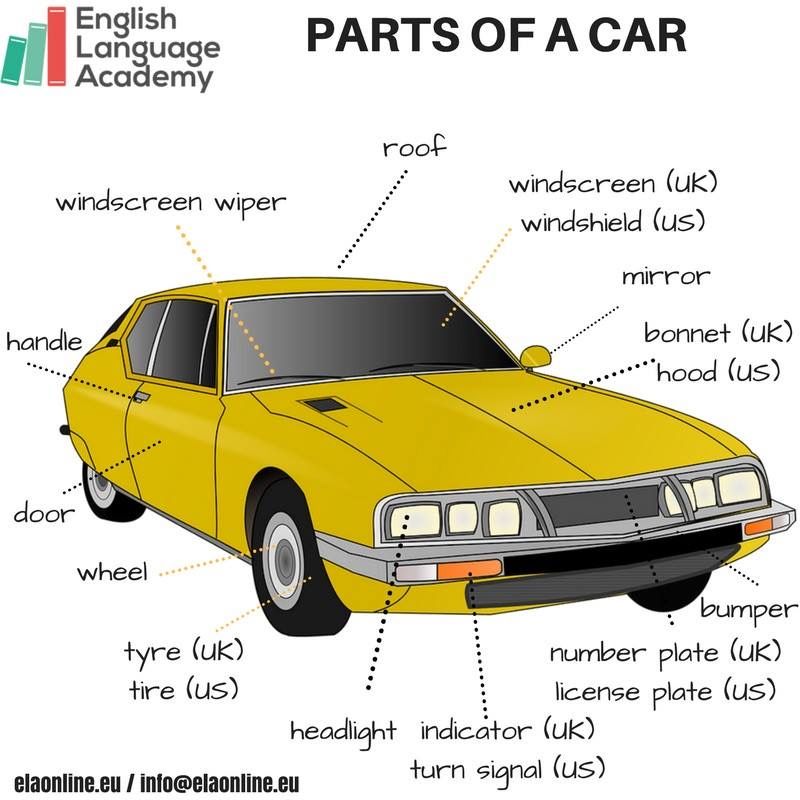
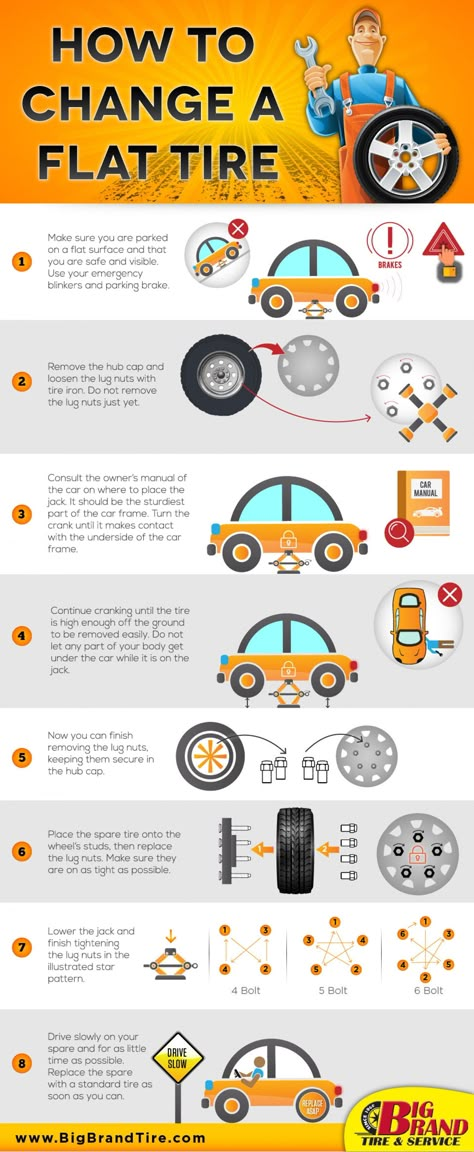 Just putting in new tires is not an option, they will also quickly become worthless.
Just putting in new tires is not an option, they will also quickly become worthless. Choose high-quality tires, observe their storage and maintenance conditions - and then they will not let you down.
Monday, November 21, 2016 15:12:13 Europe/Moscow
How to determine the date of manufacture of the tire and the required service life, in which its technical characteristics and functionality will be at the highest possible level?
When the minimum tread depth (4 mm for winter tires and 1.6 mm for summer tires) is reached, the tires are taken out of service and disposed of. As for the period of use over time, according to the recommendation of tire manufacturers, tires should not be used for more than ten years from the date of manufacture. At the same time, it is worth distinguishing between the concepts of "service life" and "manufacturing warranty period". The latter is established by law and in the Russian Federation is five years from the date of production. During the warranty period, the manufacturer is responsible for the full compliance of the tire with all necessary technical requirements. nine0003
The date of manufacture of a tire is one of the mandatory markings and is applied to one of the sidewalls of the tire in the lower part of it, next to the seat area for the disc. This marking is a set of four digits, where the first two digits are the week of production, and the last two are the year . For example, "4815" means that the tire was manufactured in 2015 at week 48. In some cases, the date of manufacture is included with an alphanumeric code that contains information about the place of manufacture of the tire, it is applied next to the DOT abbreviation. nine0003
In summary, a tire is considered new and high performance if it has been less than 5 years since it was manufactured. And the opinion that tires should be purchased only for the current year of manufacture is a delusion: tires are made in advance, before the start of the season.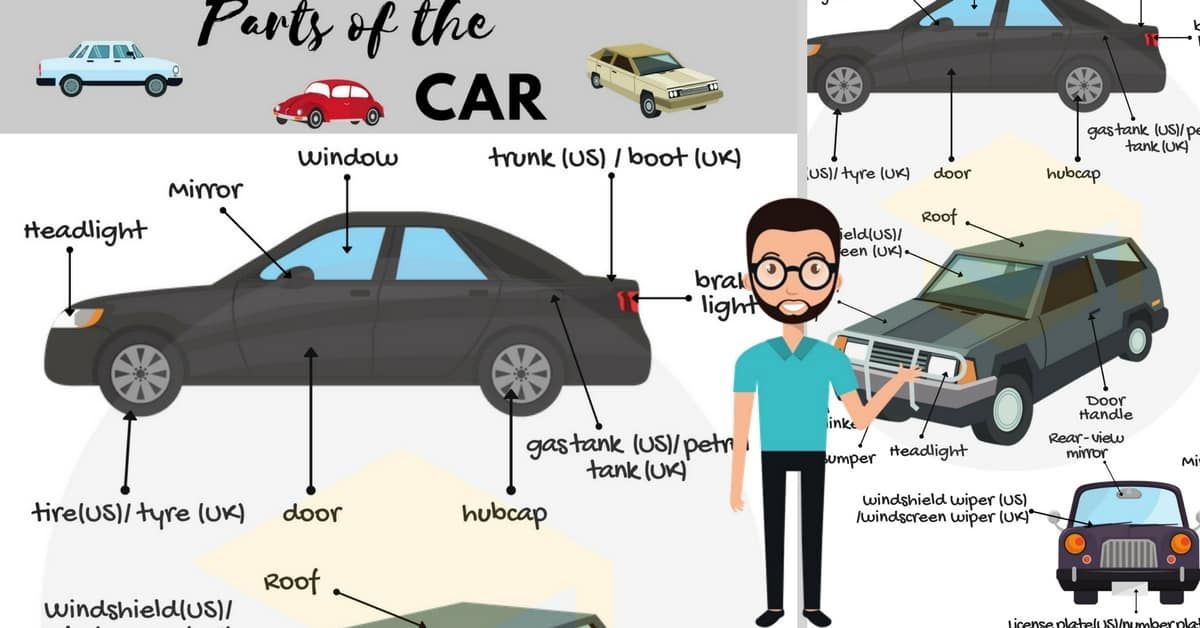 Thus, the tire that hit the shelf in the tire center in March 2017 will be produced in the second half of 2016, because it takes time to transport it, and if the tire is imported, it also takes time to go through the customs procedure. For your safety, choose certified tire centers for purchase, in which the tire storage process meets all standards and requirements. Tires must be used for no more than 10 years or to the minimum allowable tread depth in accordance with the season of use. In this case, the manufacturer bears its warranty obligations only during the first five years from the date of production. nine0003
Thus, the tire that hit the shelf in the tire center in March 2017 will be produced in the second half of 2016, because it takes time to transport it, and if the tire is imported, it also takes time to go through the customs procedure. For your safety, choose certified tire centers for purchase, in which the tire storage process meets all standards and requirements. Tires must be used for no more than 10 years or to the minimum allowable tread depth in accordance with the season of use. In this case, the manufacturer bears its warranty obligations only during the first five years from the date of production. nine0003
Because the tire is constantly deformed during operation. All components of a car tire not only wear out from friction on the road surface, but are also exposed to the negative effects of sunlight, chemicals, etc. Thus, the general physical and chemical aging of the tire occurs. And if the level of physical tire wear can be assessed, then the consequences of changing the rubber structure due to aggressive environments and conditions are almost impossible for an ordinary driver to assess .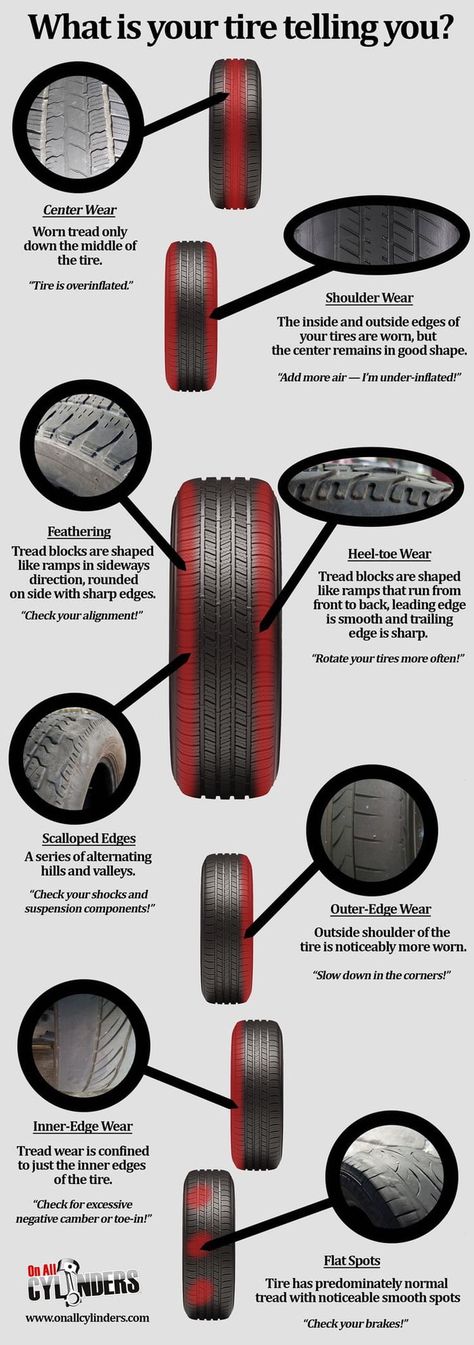
Structural changes to the tire can lead to poor grip on all surfaces, rapid wear, chipping, cracking of the tread and other negative consequences. The problems listed above are only consequences of tread “aging”, but it is worth remembering that the tire almost entirely consists of various rubber compounds, which are also subject to “aging” with subsequent deterioration in tire performance.
In this case, a completely new tread can be misleading about the quality of the tyre. The level of tread depth affects the ability of the tire to drain water, as well as the effectiveness of traction in snow or mud, but the tread has only a part of the functions. There is also rubber in the tire, as well as a rather complex internal structure. The latter just can get damaged (deformation, curvature) during tire storage for 5 years or more. This can lead to an imbalance that contributes to the car pulling to the side and even the complete destruction of the tire during operation. nine0003
MICHELIN, BFGoodrich, Tigar tire warranty is 5 years from the date of manufacture or until the minimum acceptable wear level of the tread is reached in accordance with the legal requirements in force in the territory of the Customs Union, subject to the rules of transportation, storage, operation, specified by regulations and the manufacturer for each tire model, whichever comes first. During this period, the manufacturer guarantees the absence of manufacturing defects. nine0157 In the event of a manufacturing defect, the consumer can return the tires for claim (this process is free for the user). The maximum term for consideration of the reclamation process takes 21 days, in accordance with paragraph 1 of Article 21 of the Law "On Protection of Consumer Rights" or in accordance with Article 502 of the "Civil Code of the Russian Federation". If a manufacturing defect is confirmed, new similar tires will be provided free of charge.